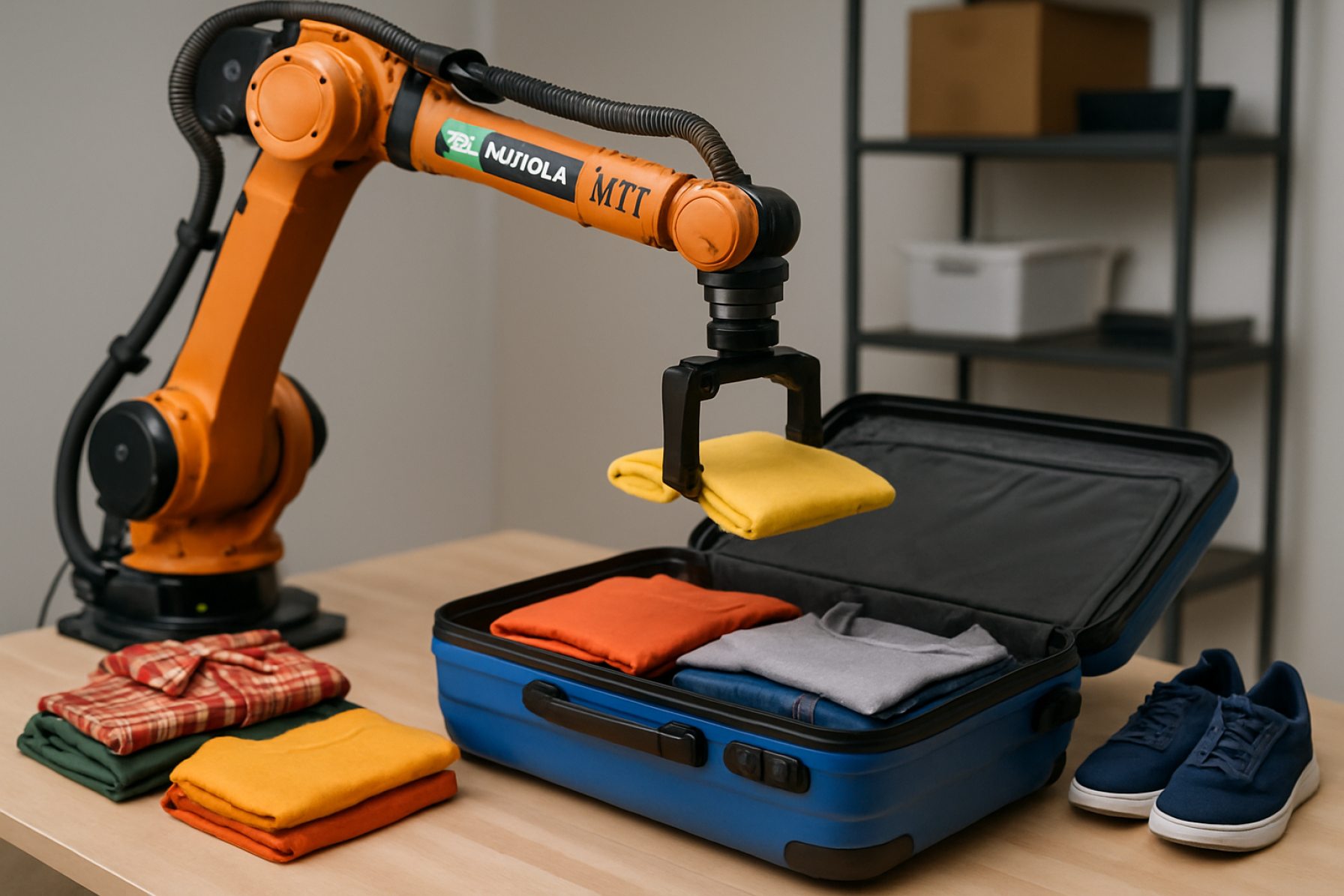MIT and NVIDIA Reveal Lightning-Fast Robot Packing Algorithm That May Transform Factories and Warehouses Worldwide
cuTAMP, a new robot planning algorithm by MIT and NVIDIA, slashes packing times, tackling complex logistics with unmatched speed in 2025.
- Thousands of solutions evaluated in seconds using GPUs
- Under 30 seconds—real-world robotic arm finds collision-free packing plans
- Zero training data required—instantly adaptable to new tasks
- Tested on both robotic arms and humanoid robots
Ever struggled to fit all your vacation must-haves into a tiny suitcase? Humans typically solve this puzzle using spatial reasoning and a little elbow grease. But for robots, packing is a mind-bending challenge—one that has severely limited their usefulness in complex environments, until now.
A team of visionary researchers at the Massachusetts Institute of Technology and NVIDIA have unveiled a groundbreaking robot planning algorithm that turbocharges the age-old packing problem. Coined “cuTAMP,” this innovation empowers robots to process thousands of possible solutions in parallel—enabling them to pack boxes, suitcases, or factory shipments within seconds instead of minutes or hours.
How Does cuTAMP Leave Old Robot Algorithms in the Dust?
Most robots analyze one potential move at a time, crawling through endless combinations. cuTAMP, on the other hand, runs on the muscle of modern graphics processing units (GPUs), allowing it to simulate and refine thousands of possible strategies all at once.
Instead of wasting time exploring dead ends, the algorithm cleverly narrows the search space, focusing only on arrangements likely to fit both the rules and the physical realities—like avoiding crushed items or awkward collisions.
- Sample thousands of solutions in parallel, not one by one
- Instantly evaluate packing order, item orientation, and grip techniques
- Quickly discard unviable options and optimize the best candidates
Q&A: What Makes cuTAMP a Game Changer?
How fast can robots pack using this tech?
Real-world trials show robots can find collision-free packing plans in under 30 seconds—an unprecedented leap from previous methods.
Does it only work for packing?
No. The technique is generalizable—think robots using tools, assembling components, or rearranging inventory.
Does cuTAMP need training data?
No data required! The algorithm solves brand-new tasks on the fly, making it ideal for unpredictable factory or warehouse settings.
How Factories and Logistics Will Change in 2025—and How to Prepare
The impact of cuTAMP and similar accelerated planning algorithms is enormous. Warehouses can radically speed up shipping. Factories will adapt faster to shifting production lines, reducing both labor and downtime. Even the smart robots in your home may start packing your groceries or luggage far more effectively.
Key industry backers—from the National Science Foundation to the US Air Force—are already investing in this fast-tracked automation future. Researchers plan to supercharge cuTAMP with AI-powered natural language understanding, allowing users to give robots verbal packing instructions.
How to Future-Proof Your Operation for Next-Gen Robot Packing
- Partner with research leaders like MIT or NVIDIA for access to early implementations.
- Invest in GPU-accelerated hardware to prepare for high-performance robotics applications.
- Train your workforce in robotics and automation best practices.
- Explore collaborations with AI labs to integrate language and vision models for intuitive robot control.
Want to stay at the forefront of robotics and logistics? Bookmark this article, share it with your team, and start planning for a smarter, faster future—today.
Action Checklist:
- Evaluate current warehouse/packing workflows for automation potential
- Research GPU-accelerated robotics solutions
- Connect with academic and tech industry partners
- Stay informed on breakthroughs via sites like WIRED and MIT Technology Review










